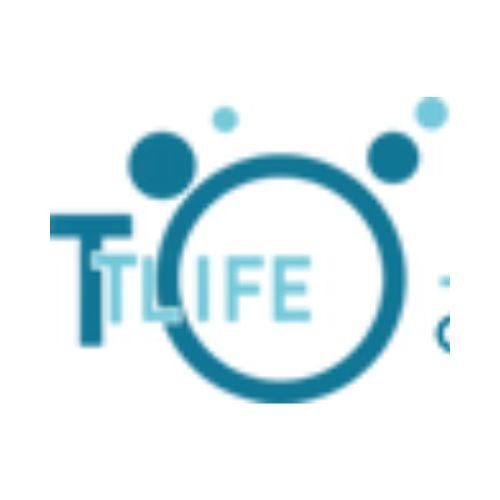Overview
Figma is a cloud-based design and prototyping tool primarily used in the field of user interface (UI) and user experience (UX) design. Launched in 2016, Figma has rapidly become one of the leading platforms for collaborative interface design. The company is headquartered in San Francisco, California.
Figma offers both web-based access and mobile applications, with dedicated apps available for iOS and Android devices, enabling users to view and comment on designs on the go.
Currently, Figma attracts over 4 million active users monthly, and its reach spans globally. The five primary markets driving its user base come from the United States, United Kingdom, Canada, Germany, and Australia.
Key Features of Figma
- Real-time Collaboration: Multiple users can simultaneously edit and comment on designs, making teamwork seamless regardless of location.
- Vector Networks: Advanced vector editing tools that go beyond traditional path structures, enabling more flexible design possibilities.
- Prototyping: Built-in prototyping allows designers to create interactive, clickable mockups without switching tools.
- Design Systems: Centralized asset libraries and components enable consistent designs across teams and projects.
- Version Control: Automatic saving and version history make it easy to track changes and revert when necessary.
- Plugins and Integrations: Extensive plugin ecosystem and integrations with tools like Slack, Jira, and Zeplin enhance workflow efficiency.
- Cross-Platform Access: Being browser-based, Figma runs on any operating system including Windows, macOS, Linux, and Chrome OS.
Benefits of Using Figma
- Enhanced Collaboration: Teams can work together in real time, reducing miscommunications and accelerating design cycles.
- Accessibility and Convenience: As a cloud-based tool, no downloads or installations are necessary for most users, and files are accessible anywhere.
- Cost-Effective: Figma offers a free tier suitable for individuals and small teams, with scalable paid plans for enterprises.
- Streamlined Workflow: Integration of design, prototyping, and feedback within one platform saves time and improves productivity.
- Community and Resources: A vibrant community shares templates, plugins, and tutorials, fostering continuous learning and innovation.
Applications of Figma
Figma is widely used by product designers, UX/UI developers, and digital teams across various industries including tech, marketing, education, and manufacturing. Common applications include:
- Designing mobile and web app interfaces
- Creating interactive prototypes for user testing and presentations
- Building and maintaining design systems for consistent branding
- Collaborating on visual assets with remote or distributed teams
- Generating design specifications and assets for development handoff
Thanks to its robust collaboration features and cloud-based architecture, Figma has become an essential tool in the modern digital product development lifecycle.








 Quick Links
Quick Links